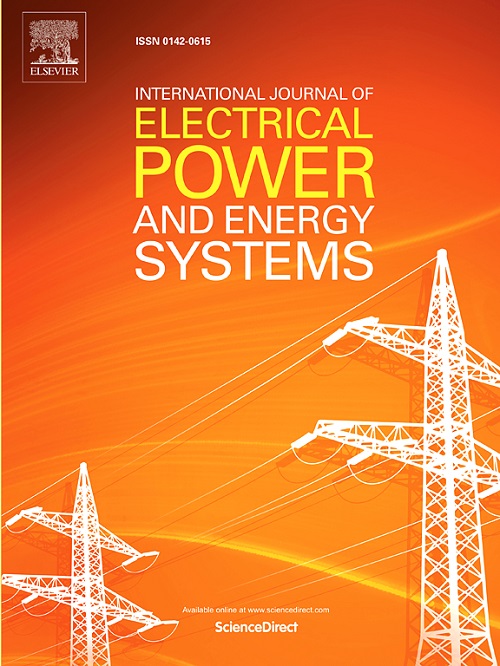Advancing scenario generation in large-scale clean energy bases via enhanced hyperparameter optimization techniques
IF 5
2区 工程技术
Q1 ENGINEERING, ELECTRICAL & ELECTRONIC
International Journal of Electrical Power & Energy Systems
Pub Date : 2025-03-06
DOI:10.1016/j.ijepes.2025.110563
引用次数: 0
Abstract
With the rapid expansion of large-scale clean energy bases in major energy-producing countries, high-quality scenario generation has become essential for effective energy management and intelligent scheduling. This study introduces a hyperparameter optimization method for a Least Squares Generative Adversarial Network (LSGAN) based on the PID-based Search Algorithm with Joint Opposite Selection (PSA-JOS), driven by a multi-layer fully connected perceptron. The optimization objective is defined as the Wasserstein distance between the original and generated scenarios. The PSA-JOS algorithm, developed through structural advancements in the original PSA framework, demonstrates superior performance, as validated through benchmark function tests. The average second-order Wasserstein distance serves as a quantitative metric to assess the distributional discrepancy between the original and generated scenarios, effectively reflecting the generation quality. Following hyperparameter optimization, the LSGAN exhibits enhanced performance in generating one-day scenarios for wind power, direct normal irradiation (DNI), and load power, achieving a substantial reduction in the average Wasserstein distance over multiple iterations. The optimized generative adversarial network not only provides reliable data support but also enhances decision-making capabilities for the future expansion and intelligent scheduling of clean energy bases. This study offers new insights into complex energy system modeling using generative adversarial networks and presents an effective approach for capturing multivariate temporal variations and generating realistic energy scenarios.

求助全文
约1分钟内获得全文
求助全文
来源期刊
CiteScore
12.10
自引率
17.30%
发文量
1022
审稿时长
51 days
期刊介绍:
The journal covers theoretical developments in electrical power and energy systems and their applications. The coverage embraces: generation and network planning; reliability; long and short term operation; expert systems; neural networks; object oriented systems; system control centres; database and information systems; stock and parameter estimation; system security and adequacy; network theory, modelling and computation; small and large system dynamics; dynamic model identification; on-line control including load and switching control; protection; distribution systems; energy economics; impact of non-conventional systems; and man-machine interfaces.
As well as original research papers, the journal publishes short contributions, book reviews and conference reports. All papers are peer-reviewed by at least two referees.

 求助内容:
求助内容: 应助结果提醒方式:
应助结果提醒方式:


